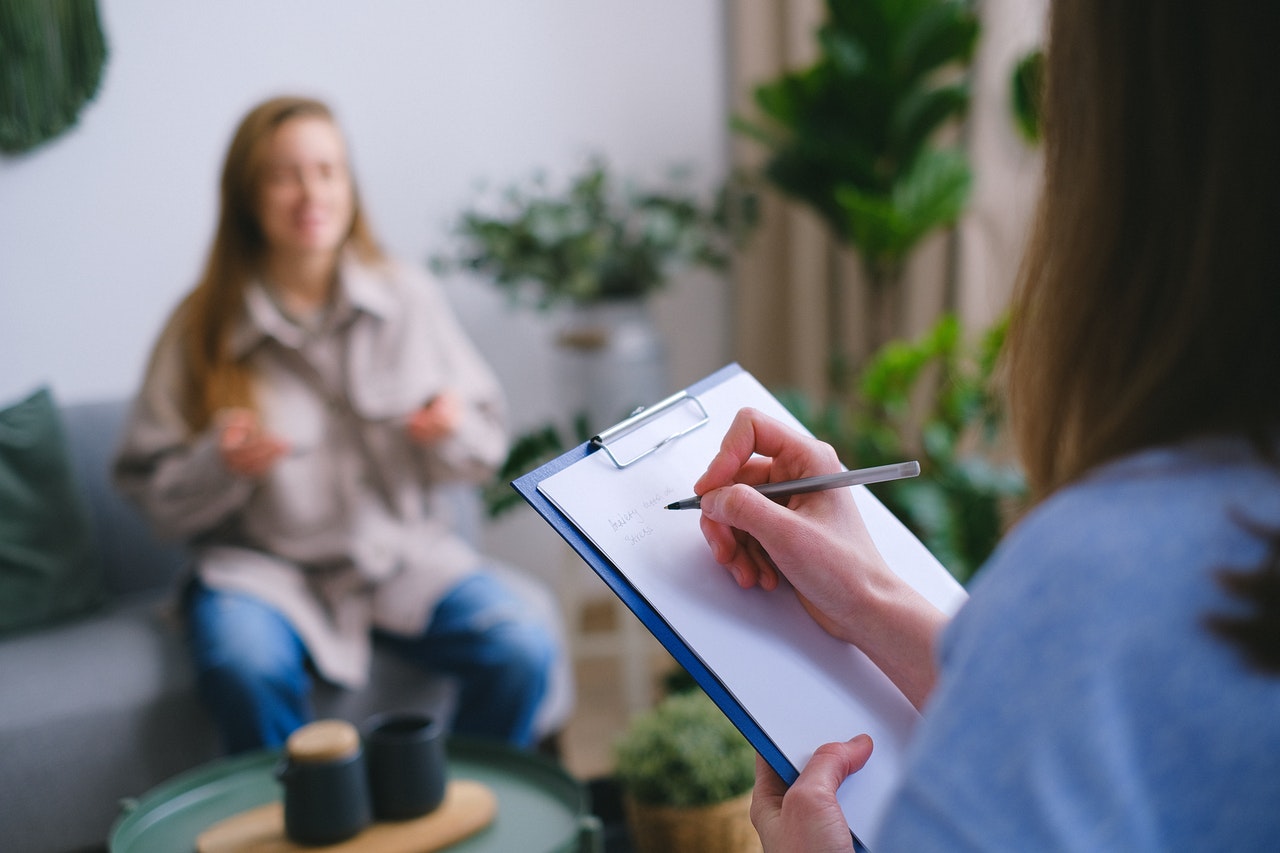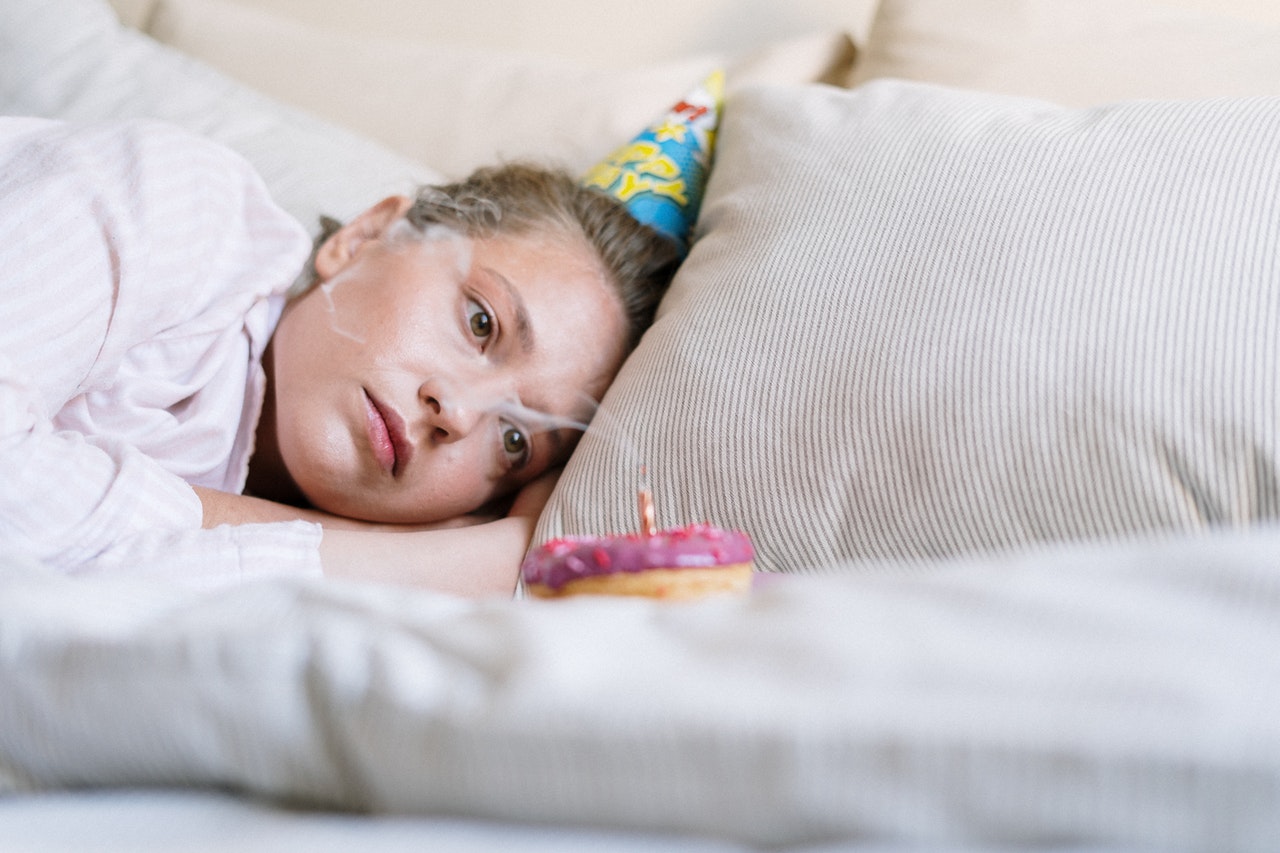

Make ADHD Your Superpower
This article aims to teach you how to utilize a practical framework to advocate for the support you need from coaches and other support providers;
Implicit bias is the unconscious bias (or implicit stereotype) that is resulted from the unconscious attribution of particular qualities to members of a certain social group. The most important part of this definition is the word “unconscious”. It is important to note that these associations come from our brain’s way of generalizing and grouping, rather than a conscious effort to discriminate. This topic can be difficult to talk about; no one wants to think that they are not being nice or conscientious. Although, implicit bias is everywhere, whether we like it or not. In a field experiment it was revealed that white applicants get about 50% more call-backs than black applicants with the same resume. Implicit bias can be a problem, but one that if we are cognizant of, is easily reduced.
As human beings, we are genetically susceptible to bias. We tend to seek patterns and relationships between things because it is our brain’s natural tendency. Our social cognition relies on this so it is easier to engage with the world around us. The world is also a very complicated place, so our brain does the most to understand by taking short cuts. Shortcuts make life easier when we are constantly surrounded by new information, and this leads to generalizations. Most of all, our social interactions and experiences play a role in our implicit bias. The culture we grew up in, the influence of the media, and upbringing directly influences how we see others.
Many people struggle with this step. Between cellphones, laptops, and television, we are surrounded by light that can be quite damaging to our sleep schedule. It is recommended that you avoid bright screens 1-2 hours before attempting to go to bed. The blue light emitted is detrimental to falling asleep, and not to mention enticing. People may also fall asleep with the television, and this isn’t great either. The light from a television suppresses melatonin and causes distraction. If you’re one of those people who needs background noise to sleep, try setting a sleep timer of the television so it automatically turns off.
Pervasive – Everyone has implicit bias, whether they like it or not. It is an inherently human experience.
Related but distinct mental constructs – Our implicit and explicit bias are not mutually exclusive.
Do not necessarily align with our inherent beliefs – Just because your brain has created an association between a quality and a particular group does not mean that you consciously believe it. Our actions speak louder than deeply embedded generalizations.
Favor our ingroup – We tend to relate most and see the best in people who are similar to us. Although, research shows you can still be biased against members of your ingroup.
Malleable – Perhaps the most important, these associations and generalizations can be unlearned.
Although the idea of implicit bias may not sound good, it does not mean that you are prejudiced or inclined to discriminate against others. In fact, it means that your brain is working the right way by taking information and creating associations that lead to generalizations. Implicit bias is normal, and being educated about it and attempting to combat it is the most important factor.
Bias is not necessarily the same as descrimination, but there is a connection. It is important to understand our implicit biases so we can improve our understanding and relationships with one another. Implicit bias affects many facets of our lives.
School
In schools, implicit bias can lead to what is known as a stereotype threat. This means that people internalize negative stereotypes about themselves based on group associations. Little girls are often more likely to internalize stereotypes related to gender and math performance. In another study it was found that black children (particularly boys) were more likely to be expelled from school for behavioral issues. At such a young age, our implicit biases can lead to larger issues when not understood.
Workplace
There was a study that found that when black and white people applied for a job with similar resumes, the black applicants were only half as likely to be called in for an interview. This kind of discrimination is a result of explicit and implicit biases.
Healthcare Settings
Implicit bias also influences the quality of healthcare an individual receives. A study from the American Journal of Public Health found that physicians with high scores in implicit bias were known for dominating conversations with their black patients. This leads to black patients having less confidence and trust in the provider, lowering the overall quality of care.
Legal Settings
Implicit bias can be dangerously complicated in legal proceedings. Not only are black defendants less likely to receive a plea bargain, but they are also more likely to receive harsher sentences. There is an overwhelming racial disparity in how black defendants’ cases are handled compared to white.
Princeton University’s Susan Fiske, PhD, (in American Psychological Association) has this to say about implicit bias fueling discrimination: “Implicit biases are associated with a wide range of discriminatory outcomes, everything from seemingly mundane ones—like how close or far you sit to someone or the kind of eye contact you make with them in an intergroup situation—to undeniably consequential ones like being denied an employment opportunity or being less likely to receive lifesaving medical treatments”. We all have these biases unconsciously, but need to reduce their influence in our lives as much as possible.
The influence of Implicit bias in individual interactions can be addressed and countered if we become more aware and redirect our responses. Here are 6 strategies that work to reduce implicit bias:
1. Focus on seeing people as individuals
This one may seem obvious, but it is crucial to spend time considering people on a personal, individual level rather than letting stereotypes guide your perception.
2. Replace a stereotype
Recognize that a response you are having is based on a preconceived stereotype and consciously adjust the response.
3. Counter-stereotypic imaging
This is a way to imagine an individual as the opposite of the stereotype. Once you have created the opposite stereotype, it is easier to remove the original stereotype.
4. Individuation
Learn more about this person’s private life and history. Use context to see them as an individual rather than a stereotype. When you have more information about someone, it is easier to see them for themselves rather than lumped into a group.
5. Perspective Taking
You’ve heard the phrase “put yourself in someone else’s shoes”, and this is no different. Try to see situations from another perspective and how you would respond if you were in that position. What might contribute to how someone acts in a particular situation?
6. Interact with individuals from different groups
Expand your circle! Being friends with people who differ from you (racial and ethnically, gender, sexual orientation, etc) can be incredibly informative and reduce implicit bias. Once you have surrounded yourself by a diverse group, your brain has less of a need to stereotype and generalize.
We all have inherent biases. As difficult as it can be to face, they are entirely normal. What is most important is that we are aware of it and how they shape and affect our interactions with one another. We want to control and reduce its effect as much as possible so that our interactions with others are better. The good news is, these implicit biases are not representative of your beliefs or set in stone. With these steps and active commitment, you are easily able to change your unconscious biases. The process may not be immediate, but knowing that the change needs to be made in the first place is a great start!


This article aims to teach you how to utilize a practical framework to advocate for the support you need from coaches and other support providers;


Do you know those happy couples on Instagram who seems like they have it all together? They have one thing in common: little to no sexual


Unfortunately, we often do not learn enough about what makes a relationship healthy. Even if we do, the lesson does not always stick when it comes


Online therapy, especially as a result of COVID-19, has become increasingly more popular. It is easy, you can do it from anywhere, and it eliminates the


Couples therapy is a great way to restore a relationship. If you and your partner are experiencing problems and looking to work through them, it could


As the holiday season approaches, not everyone is filled with cheer. Some people love the seasons and start decorating their houses as soon as possible. They